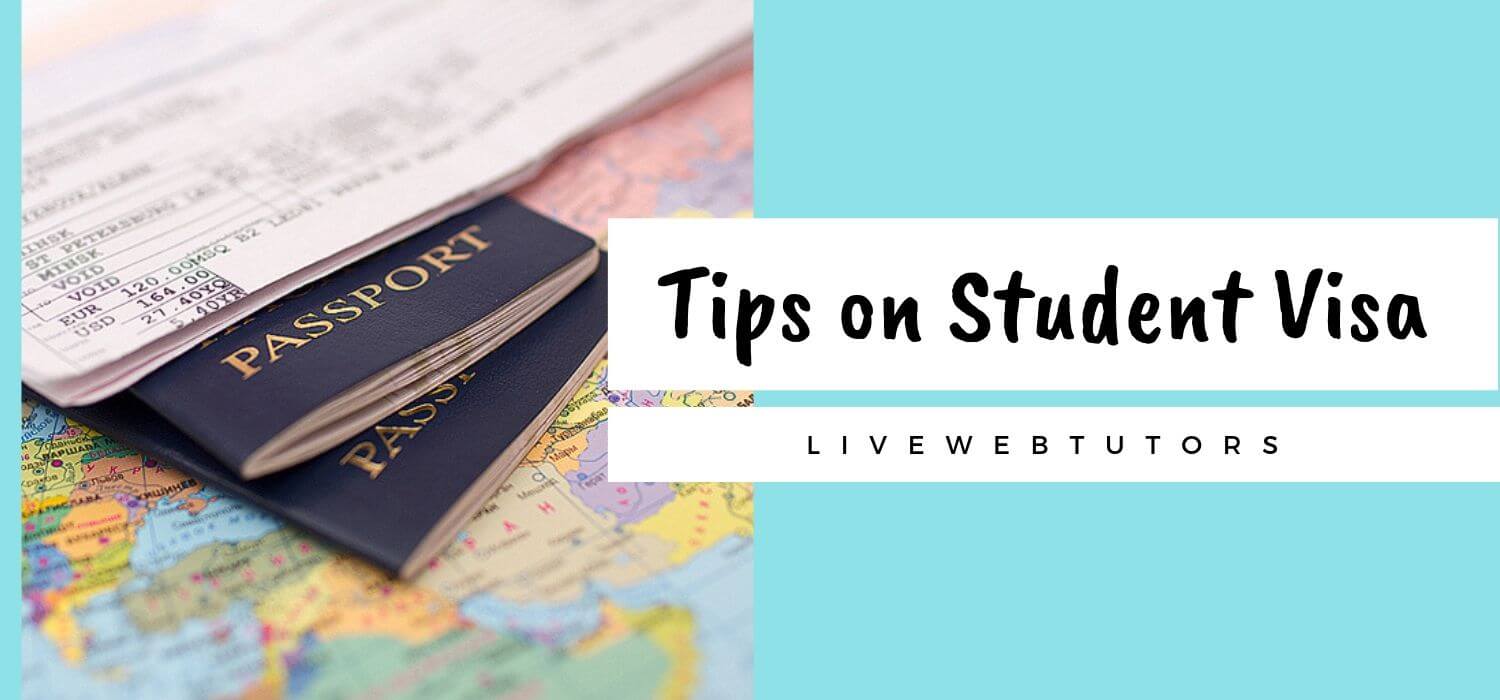

Every year students spend a fortune getting a visa to study abroad, and Australia has become the most popular country among students to study abroad. If a student intends to study in Australia, they must apply for a student visa (subclass 500). A student visa is usually a non-immigrant visa that will allow the student to enroll at a post-secondary educational institution in the host country. The student must be enrolled as a full-time student or may also apply to undertake two or more courses and obtain confirmation of such enrolment. They must also have the required score level of proficiency in the English language. One must also have Overseas Student Health Cover (OSHC) for the time frame of your stay in the country.
If a person is not from an English-speaking nation, they will have to demonstrate that they can communicate in English to the University to which they are applying. The DIBP site records qualified tests, with conceivable outcomes being the IELTS, TOEFL iBT, Pearson Test of English (PTE) Academic, and Cambridge Advanced English (CAE). The score that a person will need will rely upon whether they are pursuing a full degree, completing a foundation course, or enlisting in a fundamental English Language Intensive Course for Overseas Students (ELICOS).
There is no bar as such on the amount of currency that a person can bring into Australia, but they will need to declare amounts over $10,000. Every person applying for the Australian visa must have access to sufficient funds to cover their airfares (both departure and return journey), the tuition fees, accommodation costs, and other relevant daily expenditures.
If the parent, relative, or guardian accompanies the student, they must apply for a Student Guardian Visa (subclass 590). If the student wants to travel to Australia for a short-term study, they must apply for a visitor visa. Apart from that, students who come to the host country to participate in work-based training must apply for a Training and Research visa (subclass 402).
Make sure that while applying for the visa, apply from the official government website of the country you are planning to visit. One must read all the relevant information and instructions about the application process and requirements and then start filling out the form. Do note that there are different forms for different types of visas, and fill out the application for the type of visa you want.
Department of Immigration and Border Protection(DIBP) eVisa online service portal enables applicants to fill out their applications online. Make sure that you do not leave out any information. Upload all the necessary documents asked and make the payment afterward. Once you have applied, you may track the progress of your application via the Query Application Status.
Note that you will be given a Transaction Reference Number, enabling you to upload all the relevant necessary documents. This number is essential in case you want to communicate with government authorities. With the help of this number, the applicants may check different details related to their application, such as the visa class and subclass, duration of stay, expiry dates, names of the dependent people, and other information.
The Department of Home Affairs in Australia has announced that a 5.4 percent Visa Application Charges (VAC) increase in fees will apply to applications made on or after 1 July 2019 on most visa subclasses.
While filling out the application form, you must take care of specific fields about which you must be very attentive:-
The student applying for the Australian visa for studying must provide the following documents along with the visa application.
After you have submitted all the documents and application forms, you are called for a visa interview taken by the appointed person from the host country. The following are specific questions that the person applying for a Student visa might ask.
Here is all the information you need to apply for your student visa in Australia. Search accordingly for all your accommodation and application needs. Go through the guidelines of duty-free concession limits for the people entering Australia and the goods you declare. For further details, visit the "Australian Government Department of Immigration and Border"!
Read More: How I Use My Planner As A College Student